Introduction
When both the arms and legs of a person are paralyzed, as they have a condition, that is called quadriplegia.
The main cause of such a condition would be a very serious spinal injury, but there are other conditions, such as cerebral palsy and strokes that can cause a form of paralysis that is very similar.
The severity of the paralysis depends on what part of the spinal cord was injured and to what extent damage was done.

The spinal cord and the brain are the two main factors of the human nervous system that send messages throughout the body for performing various functions. When the spin cord is severely injured, then it is no longer able to communicate with the brain, and this is when a person can lose all sensation and ability to make movements.
The spinal cord is not the actual spine, the spine is made up of bones that protect the spinal cord, which is actually a nerve system that runs up the spine.
In the case of complete quadriplegia a person cannot move any part of the body below the neck, in some cases, people cannot even move the neck.
In some lesser cases, people can move their arms, but cannot control hand movements, which means that they cannot grasp things and cannot perform normal everyday functions by themselves which makes them lose a lot of independence in their lives.
However, there are new treatment options that can help a person regain some of their hand functions.
Complications
There are numerous complications that are caused by the onset of quadriplegia.
For example, a person loses control of the bladder and bowel, because the spinal nerves that control these functions no longer communicate with the brain.
Without proper management of such complications, a person can develop a urinary tract infection.
In other instances, when a person is immobile for a long period of time, he or she can develop pressure sores, which are sometimes called bed sores, which result from sitting or lying down for extended periods of time without moving.
These sores can also cause serious problems, if not taken care of especially if they become infected.
Blood clots can also occur because quadriplegic people have much slower blood circulation.
Respiratory problems can also occur because the nerve signals that go to the chest and diaphragm can be weakened, which will make breathing without the help of machines either very hard or even impossible.
People with quadriplegia can also experience muscle spasms that can cause the hand and leg muscles to jerk uncontrollably.
- A prospective study of 321 patients with spinal cord injury. The variables were collected: age, sex, cause of the accident, anatomical distribution, neurological status, associated injuries, in-hospital complications, and mortality only in patients who developed complications. Results: A total of 72 patients were analyzed (85% male) with a mean age of 44.72±19.19 years.
- The individuals with spinal cord injury who developed clinical complications were mostly male, over 50 years of age, and the main cause was accidental falls. These patients had longer hospitalization times and a higher risk of progressing to death. Pneumonia was the main clinical complication
- With regard to the variables that can influence the prognosis of these patients, it was observed that spinal cord injury to the cervical segment with syndromic quadriplegia, and neurological status ASIA-A, have a higher risk of developing pneumonia, the most common complication, as well as increased mortality.


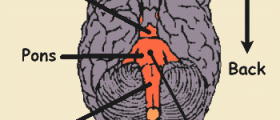
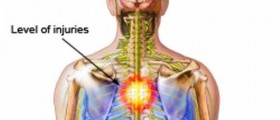
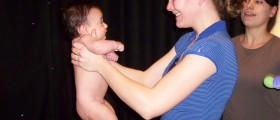
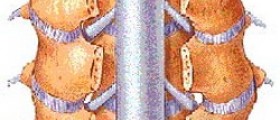


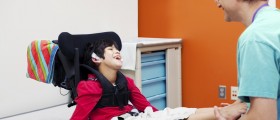
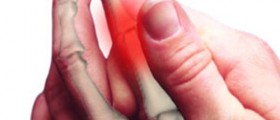
-Causes,-Symptoms,-Diagnosis,-Treatment_f_280x120.jpg)
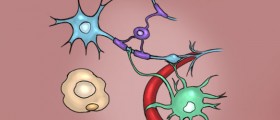
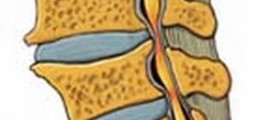

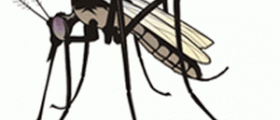

Your thoughts on this
Loading...